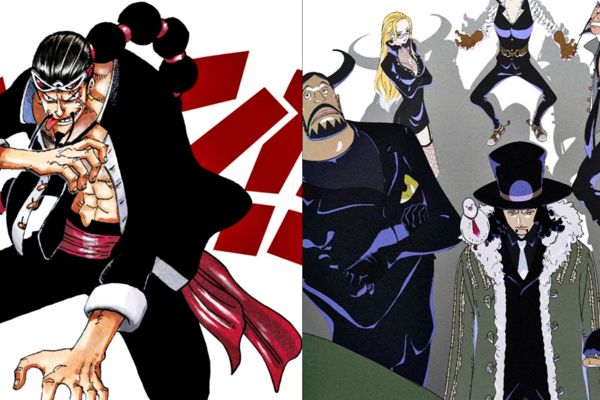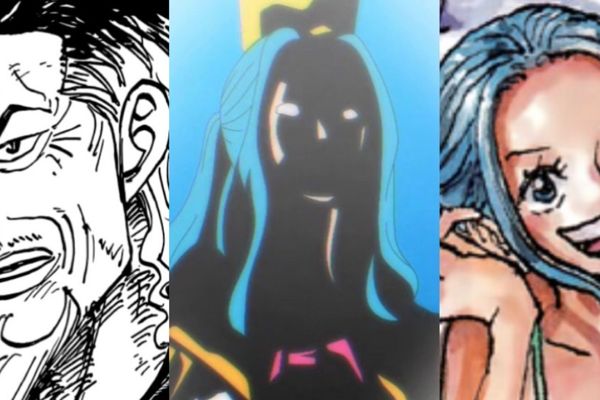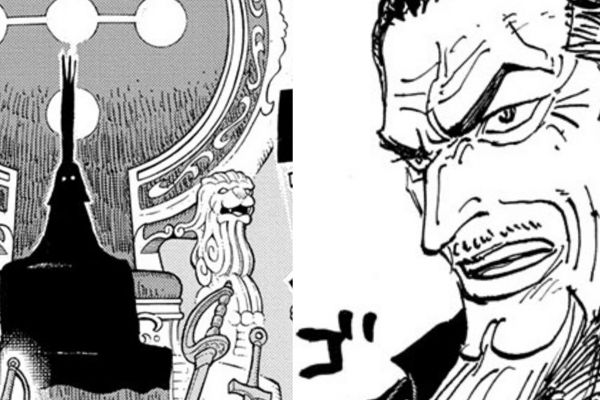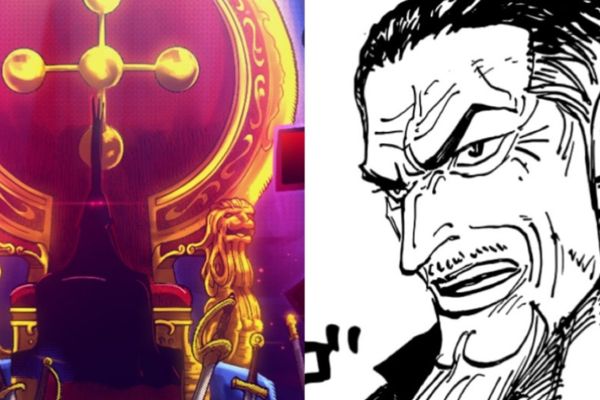
Netflix's One Piece Faces an Obstacle with its 12-Season Plan

The creators of Netflix's live-action One Piece have a 12-season plan to tell their story, but the adaptation may run into a cast problem, especially if it abides by the streamer's typical release timeline.
The Challenge of a 12-Season Plan
Netflix's live-action adaptation of One Piece has an ambitious 12-season plan to cover the extensive source material of Eiichiro Oda's manga, which spans over 1,000 chapters. This long-term approach presents significant challenges, particularly in light of Netflix's tendency to cancel original shows after just a few seasons. The question arises whether One Piece's creators will have the opportunity to see their vision through to completion.
Inaki Godoy as Monkey D Luffy smiling and wearing his straw hat in Netflix's One Piece
The 12-season run aims to give the Straw Hat Pirates ample time to develop and fulfill Luffy's dream of becoming the King of the Pirates. However, with the first season scheduled for August 2023 and a potential conclusion not until around 2035, the cast may face the hurdle of believably portraying their characters over such a lengthy period. Additionally, the series' long-term viability is uncertain, raising questions about the feasibility of executing the 12-season plan.
Mackenyu as Zoro, Jacob Gibson as Usopp, Inaki Godoy as Luffy, and Taz Skylar as Sanji walk through Coco village in Netflix's live-action One Piece
Moreover, the aging of the cast over the course of 12 seasons poses a significant challenge. While de-aging technology can help, it may still be difficult for actors to convincingly play characters who are decades younger than themselves. This issue becomes more pronounced considering Netflix's tendency to take long breaks between seasons, potentially exacerbating the disparity between the actors' ages and those of their characters.
Emily Rudd, Inaki Godoy, and Mackenyu as Nami, Luffy D. Monkey, and Zoro in Netflix's live-action One Piece
The Cast Dilemma
The cast of Netflix's One Piece, while suitable for their roles now, may face the challenge of appearing noticeably older than their characters by season 12. This disparity presents a common issue for series with younger characters, and the prolonged timeline of One Piece only adds to the complexity. Additionally, the prospect of actors departing before the series concludes raises concerns about successfully realizing the show's vision.
Emily Rudd as Nami holding onto a part of the Going Merry in Netflix's One Piece live-action show
The solution to the cast predicament may lie in time skips or the use of de-aging technology. By incorporating the two-year time skip from the One Piece anime and leveraging advanced de-aging techniques, the series can work around the aging of its cast. These approaches offer hope that the show can see its 12-season vision through to its conclusion, ensuring that the live-action adaptation reaches its full potential.
Morgan Davies as Koby in Netflix's One Piece live-action
Navigating the 12-Season Challenge
To address the age issue, the live-action One Piece can consider using the two-year time skip from the anime and expanding on it to accommodate the real actors' ages. This narrative approach would make the aging of the characters more plausible, aligning with the passage of time in the real world. Moreover, the series can leverage advancements in de-aging technology, although the potential for it to be noticeable on-screen should be considered. Despite the challenges, the show's 12-season vision holds promise for One Piece fans, underscoring the significance of navigating the cast issue to realize the series' full potential.
Jacob Romero as Usopp using his slingshot in Netflix's One Piece live-action show
 |
One PieceManga - Anime One Piece is an incredible adventure-filled series that has captivated its fans for over two decades. It follows the journey of Monkey D. Luffy and his pirate crew, the Straw Hat Pirates, as they search for the ultimate treasure, the One Piece, in order to become the King of the Pirates. With its compelling storyline, diverse and lovable characters, epic battles, and themes of friendship and determination, One Piece has created a vast and immersive world that keeps fans eagerly anticipating each new chapter or episode. It is a timeless masterpiece that continues to redefine the boundaries of the shonen genre, making it a must-watch or read for any anime or manga enthusiast. |



















